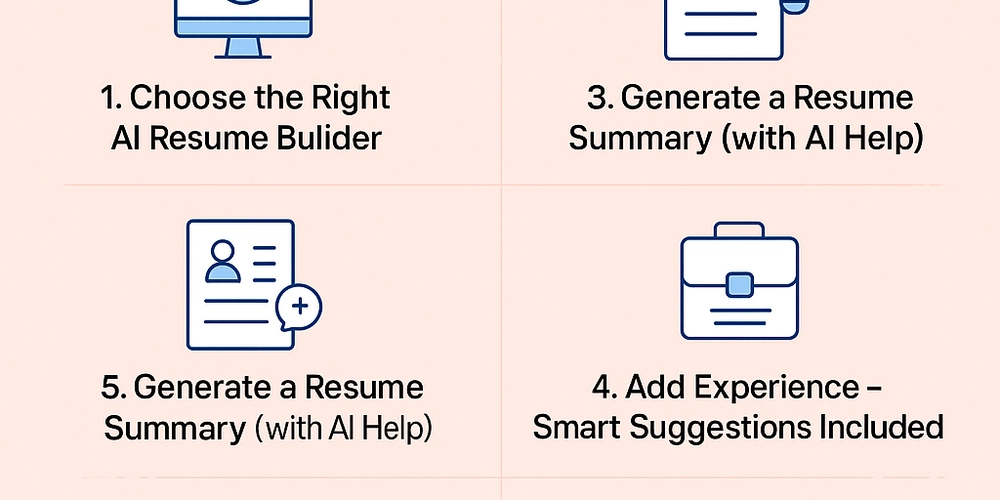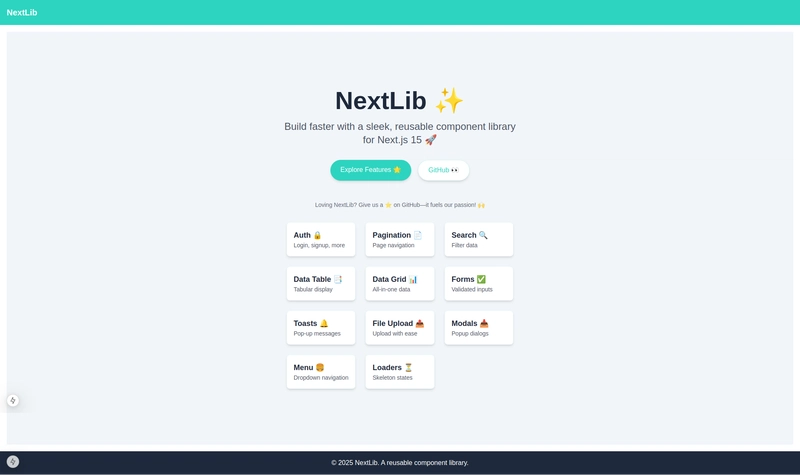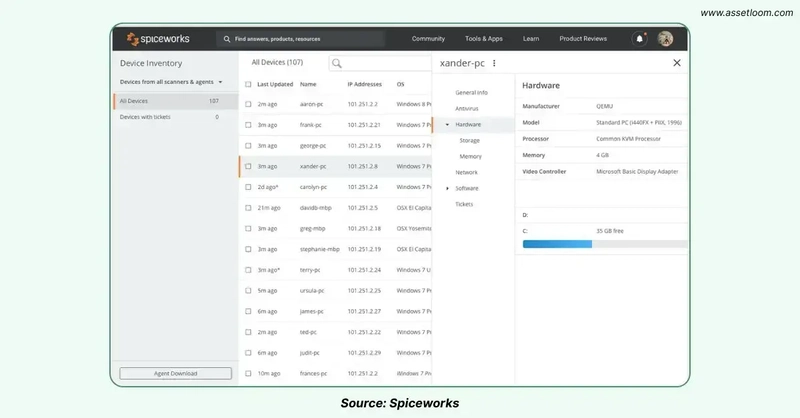Advanced Database Design
As applications grow in size and complexity, the design of their underlying databases becomes critical for performance, scalability, and maintainability. Advanced database design goes beyond basic tables and relationships—it involves deep understanding of normalization, indexing, data modeling, and optimization strategies. 1. Data Modeling Techniques Advanced design starts with a well-thought-out data model. Common modeling approaches include: Entity-Relationship (ER) Model: Useful for designing relational databases. Object-Oriented Model: Ideal when working with object-relational databases. Star and Snowflake Schemas: Used in data warehouses for efficient querying. 2. Normalization and Denormalization Normalization: The process of organizing data to reduce redundancy and improve integrity (up to 3NF or BCNF). Denormalization: In some cases, duplicating data improves read performance in analytical systems. 3. Indexing Strategies Indexes are essential for query performance. Common types include: B-Tree Index: Standard index type in most databases. Hash Index: Good for equality comparisons. Composite Index: Combines multiple columns for multi-column searches. Full-Text Index: Optimized for text search operations. 4. Partitioning and Sharding Partitioning: Splits a large table into smaller, manageable pieces (horizontal or vertical). Sharding: Distributes database across multiple machines for scalability. 5. Advanced SQL Techniques Common Table Expressions (CTEs): Temporary result sets for organizing complex queries. Window Functions: Perform calculations across a set of table rows related to the current row. Stored Procedures & Triggers: Automate tasks and enforce business logic at the database level. 6. Data Integrity and Constraints Primary and Foreign Keys: Enforce relational integrity. CHECK Constraints: Validate data against specific rules. Unique Constraints: Ensure column values are not duplicated. 7. Security and Access Control Security is crucial in database design. Best practices include: Implementing role-based access control (RBAC). Encrypting sensitive data both at rest and in transit. Using parameterized queries to prevent SQL injection. 8. Backup and Recovery Planning Design your database with disaster recovery in mind: Automate daily backups. Test recovery procedures regularly. Use replication for high availability. 9. Monitoring and Optimization Tools like pgAdmin (PostgreSQL), MySQL Workbench, and MongoDB Compass help in identifying bottlenecks and optimizing performance. 10. Choosing the Right Database System Relational: MySQL, PostgreSQL, Oracle (ideal for structured data and ACID compliance). NoSQL: MongoDB, Cassandra, CouchDB (great for scalability and unstructured data). NewSQL: CockroachDB, Google Spanner (combines NoSQL scalability with relational features). Conclusion Advanced database design is a balancing act between normalization, performance, and scalability. By applying best practices and modern tools, developers can ensure that their systems are robust, efficient, and ready to handle growing data demands. Whether you’re designing a high-traffic e-commerce app or a complex analytics engine, investing time in proper database architecture pays off in the long run.

As applications grow in size and complexity, the design of their underlying databases becomes critical for performance, scalability, and maintainability. Advanced database design goes beyond basic tables and relationships—it involves deep understanding of normalization, indexing, data modeling, and optimization strategies.
1. Data Modeling Techniques
Advanced design starts with a well-thought-out data model. Common modeling approaches include:
- Entity-Relationship (ER) Model: Useful for designing relational databases.
- Object-Oriented Model: Ideal when working with object-relational databases.
- Star and Snowflake Schemas: Used in data warehouses for efficient querying.
2. Normalization and Denormalization
- Normalization: The process of organizing data to reduce redundancy and improve integrity (up to 3NF or BCNF).
- Denormalization: In some cases, duplicating data improves read performance in analytical systems.
3. Indexing Strategies
Indexes are essential for query performance. Common types include:
- B-Tree Index: Standard index type in most databases.
- Hash Index: Good for equality comparisons.
- Composite Index: Combines multiple columns for multi-column searches.
- Full-Text Index: Optimized for text search operations.
4. Partitioning and Sharding
- Partitioning: Splits a large table into smaller, manageable pieces (horizontal or vertical).
- Sharding: Distributes database across multiple machines for scalability.
5. Advanced SQL Techniques
- Common Table Expressions (CTEs): Temporary result sets for organizing complex queries.
- Window Functions: Perform calculations across a set of table rows related to the current row.
- Stored Procedures & Triggers: Automate tasks and enforce business logic at the database level.
6. Data Integrity and Constraints
- Primary and Foreign Keys: Enforce relational integrity.
- CHECK Constraints: Validate data against specific rules.
- Unique Constraints: Ensure column values are not duplicated.
7. Security and Access Control
Security is crucial in database design. Best practices include:
- Implementing role-based access control (RBAC).
- Encrypting sensitive data both at rest and in transit.
- Using parameterized queries to prevent SQL injection.
8. Backup and Recovery Planning
Design your database with disaster recovery in mind:
- Automate daily backups.
- Test recovery procedures regularly.
- Use replication for high availability.
9. Monitoring and Optimization
Tools like pgAdmin (PostgreSQL), MySQL Workbench, and MongoDB Compass help in identifying bottlenecks and optimizing performance.
10. Choosing the Right Database System
- Relational: MySQL, PostgreSQL, Oracle (ideal for structured data and ACID compliance).
- NoSQL: MongoDB, Cassandra, CouchDB (great for scalability and unstructured data).
- NewSQL: CockroachDB, Google Spanner (combines NoSQL scalability with relational features).
Conclusion
Advanced database design is a balancing act between normalization, performance, and scalability. By applying best practices and modern tools, developers can ensure that their systems are robust, efficient, and ready to handle growing data demands. Whether you’re designing a high-traffic e-commerce app or a complex analytics engine, investing time in proper database architecture pays off in the long run.




























![[Webinar] AI Is Already Inside Your SaaS Stack — Learn How to Prevent the Next Silent Breach](https://blogger.googleusercontent.com/img/b/R29vZ2xl/AVvXsEiOWn65wd33dg2uO99NrtKbpYLfcepwOLidQDMls0HXKlA91k6HURluRA4WXgJRAZldEe1VReMQZyyYt1PgnoAn5JPpILsWlXIzmrBSs_TBoyPwO7hZrWouBg2-O3mdeoeSGY-l9_bsZB7vbpKjTSvG93zNytjxgTaMPqo9iq9Z5pGa05CJOs9uXpwHFT4/s1600/ai-cyber.jpg?#)













































































































































![[The AI Show Episode 144]: ChatGPT’s New Memory, Shopify CEO’s Leaked “AI First” Memo, Google Cloud Next Releases, o3 and o4-mini Coming Soon & Llama 4’s Rocky Launch](https://www.marketingaiinstitute.com/hubfs/ep%20144%20cover.png)




































































































































































































![Rogue Company Elite tier list of best characters [April 2025]](https://media.pocketgamer.com/artwork/na-33136-1657102075/rogue-company-ios-android-tier-cover.jpg?#)








































































_Andreas_Prott_Alamy.jpg?width=1280&auto=webp&quality=80&disable=upscale#)




























































































![What’s new in Android’s April 2025 Google System Updates [U: 4/18]](https://i0.wp.com/9to5google.com/wp-content/uploads/sites/4/2025/01/google-play-services-3.jpg?resize=1200%2C628&quality=82&strip=all&ssl=1)










![Apple Watch Series 10 Back On Sale for $299! [Lowest Price Ever]](https://www.iclarified.com/images/news/96657/96657/96657-640.jpg)
![EU Postpones Apple App Store Fines Amid Tariff Negotiations [Report]](https://www.iclarified.com/images/news/97068/97068/97068-640.jpg)
![Apple Slips to Fifth in China's Smartphone Market with 9% Decline [Report]](https://www.iclarified.com/images/news/97065/97065/97065-640.jpg)


































































































































